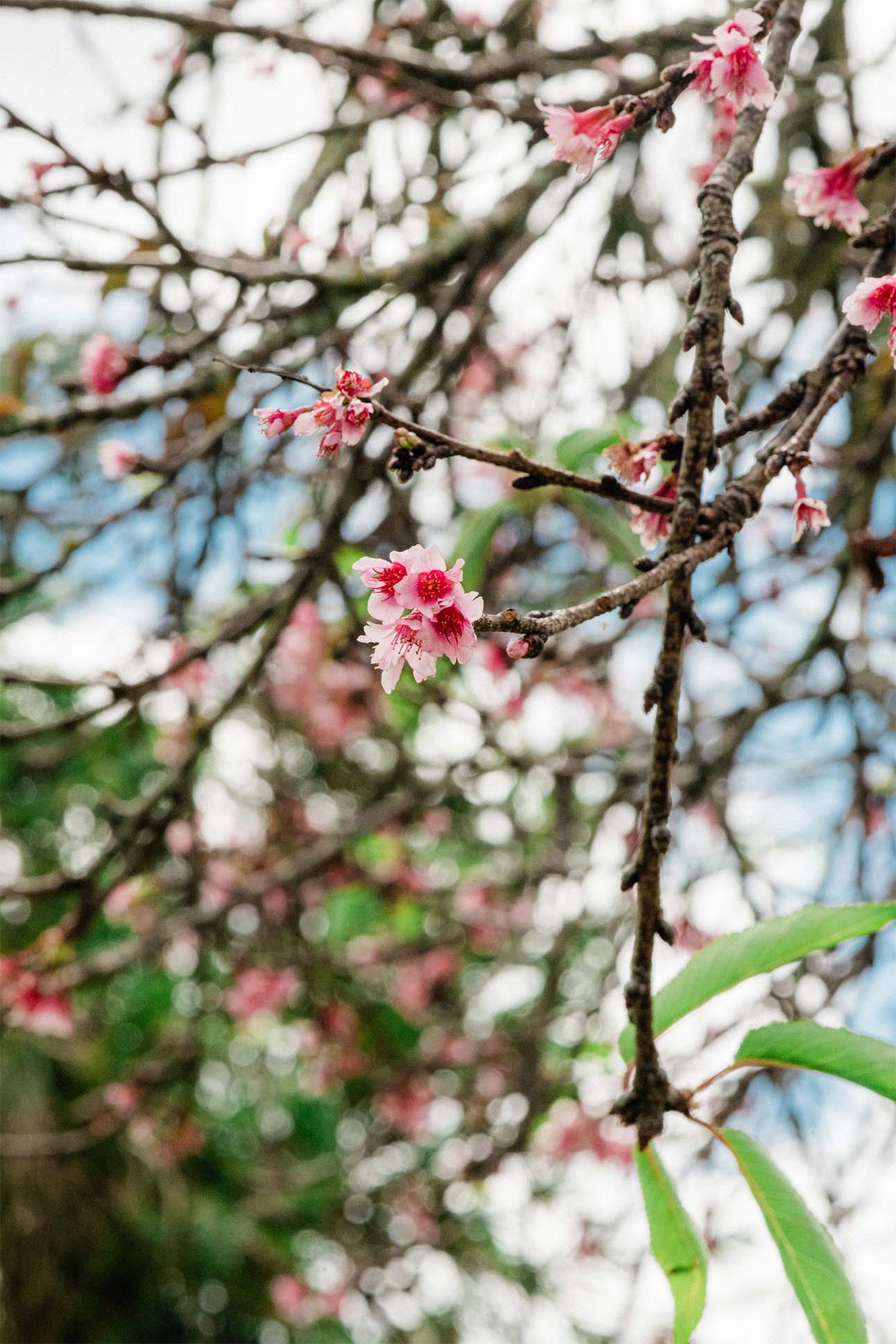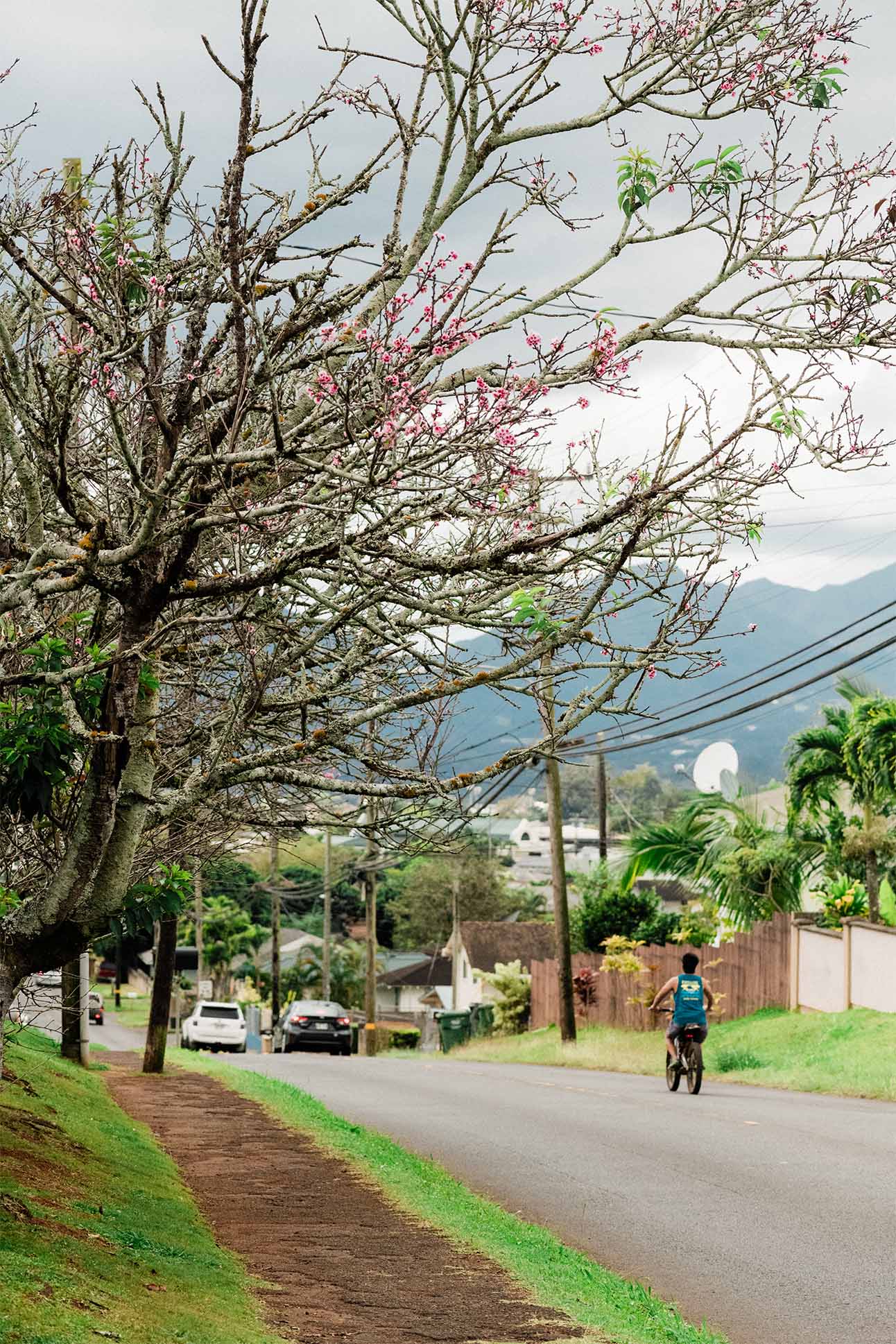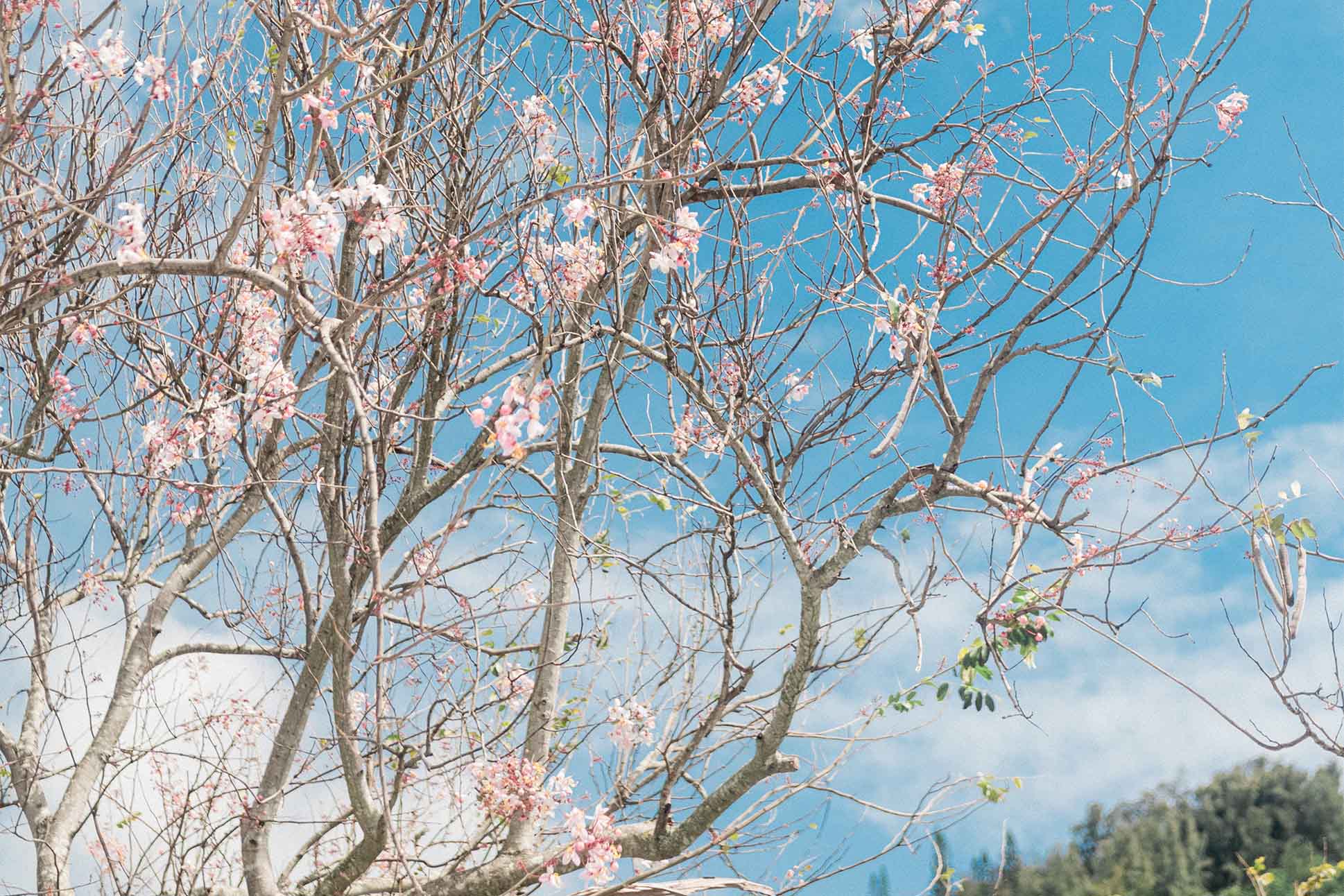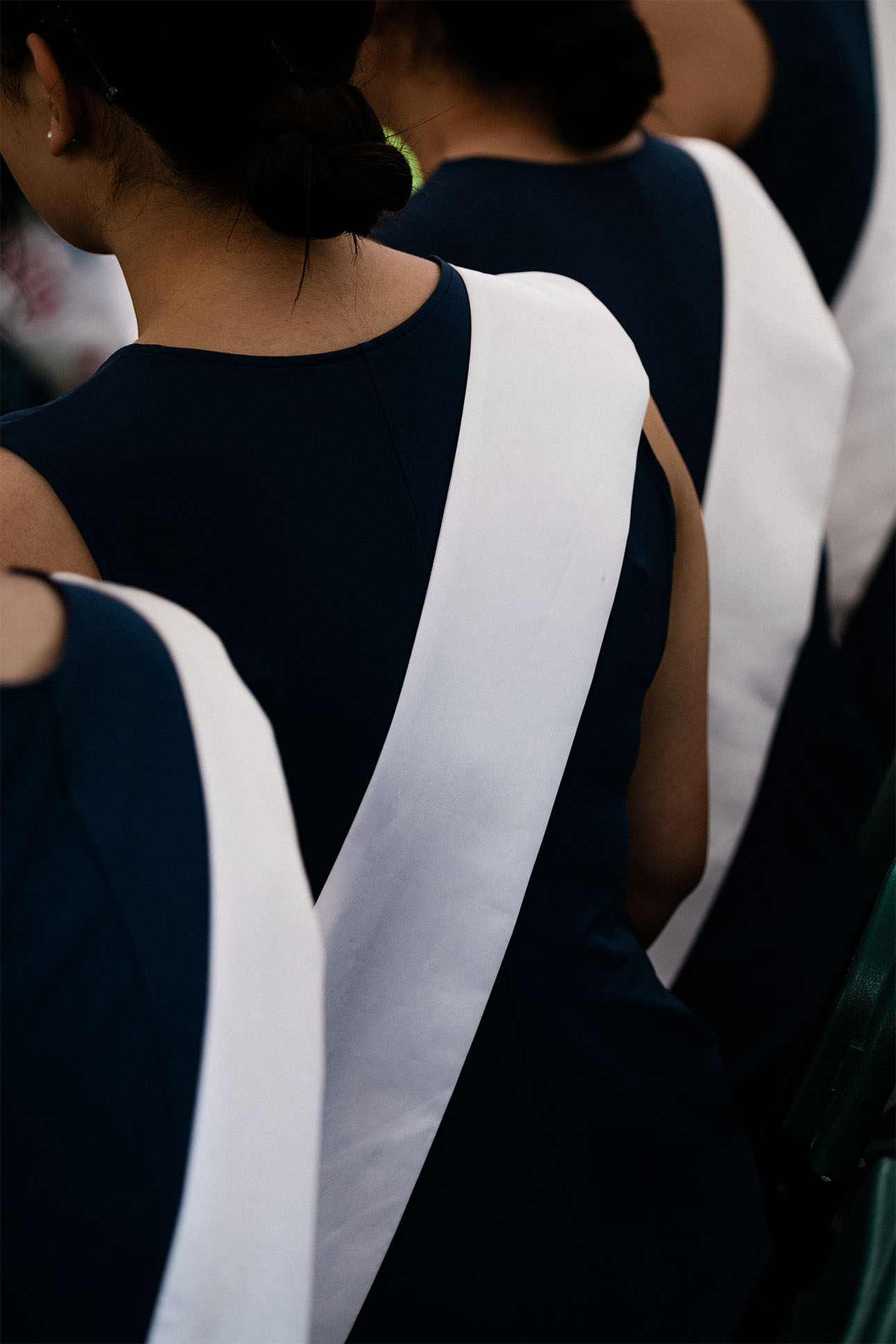As pineapple cultivation declined in post-war Wahiawā, residents of the former “City of Pines” envisioned a new point of pride suited to the town’s mild climate and gentle rains: cherry blossoms. Many of the gossamer blooms that now herald spring across parts of Wahiawā can be traced to a single seedling brought from Okinawa in the 1950s. The seedling was a gift from Choro Nakasone to his friend, Tasuke Terao, who went on to propagate it and share its splendor throughout the Wahiawā community.
In 1985, when Junji Nishime, then governor of Okinawa, and George Ariyoshi, then governor of Hawai‘i, signed a sister-state proclamation solidifying the bond between the two island communities, it was celebrated with the planting of more Okinawan cherry trees in Wahiawā, along with plans to transform the central O‘ahu town into the “Cherry Blossom City of Hawai‘i.” Today, this symbol of the connection between Hawai‘i and Okinawa endures—both in Wahiawā and scattered throughout the archipelago—enchanting onlookers with their delicate canopies.
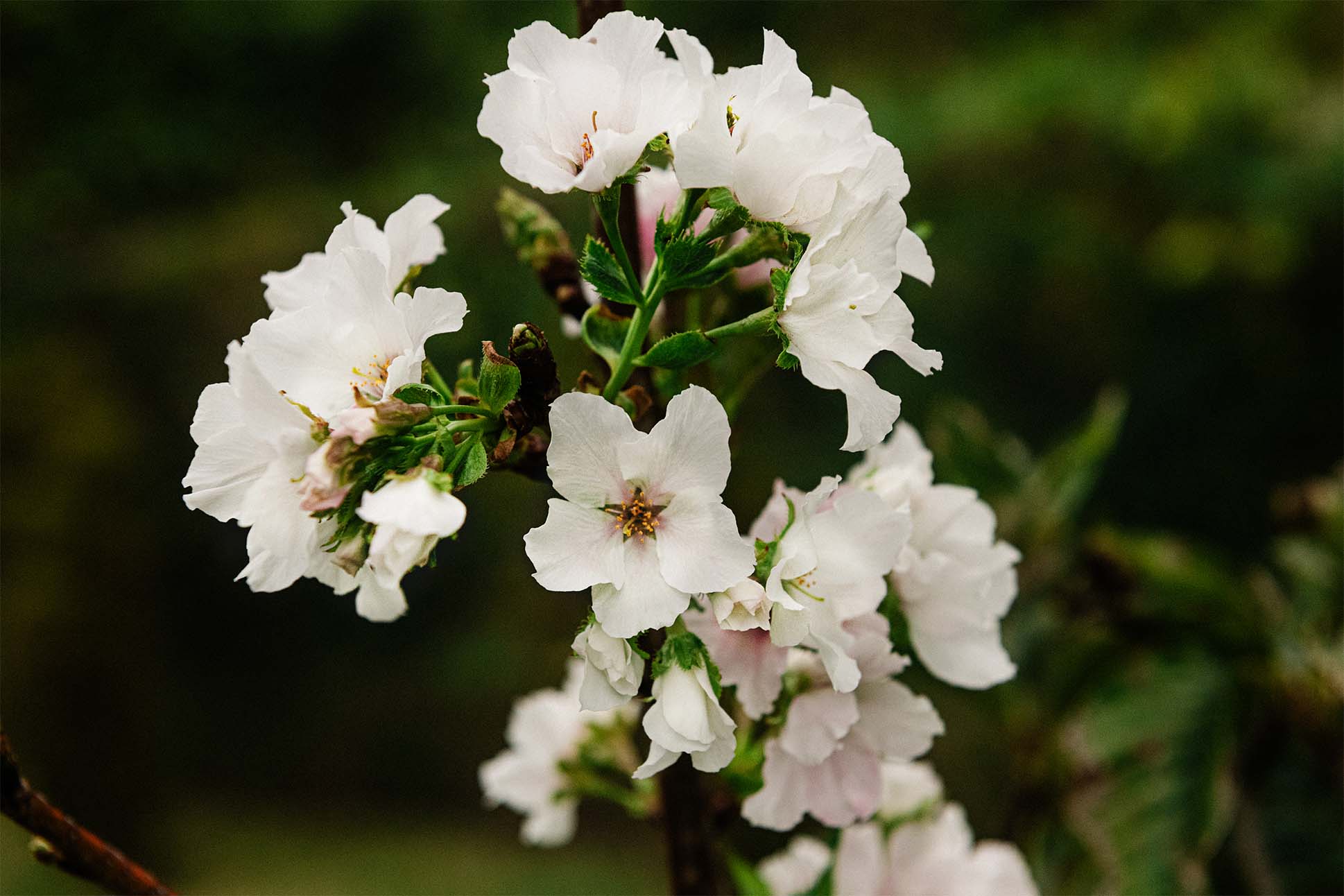
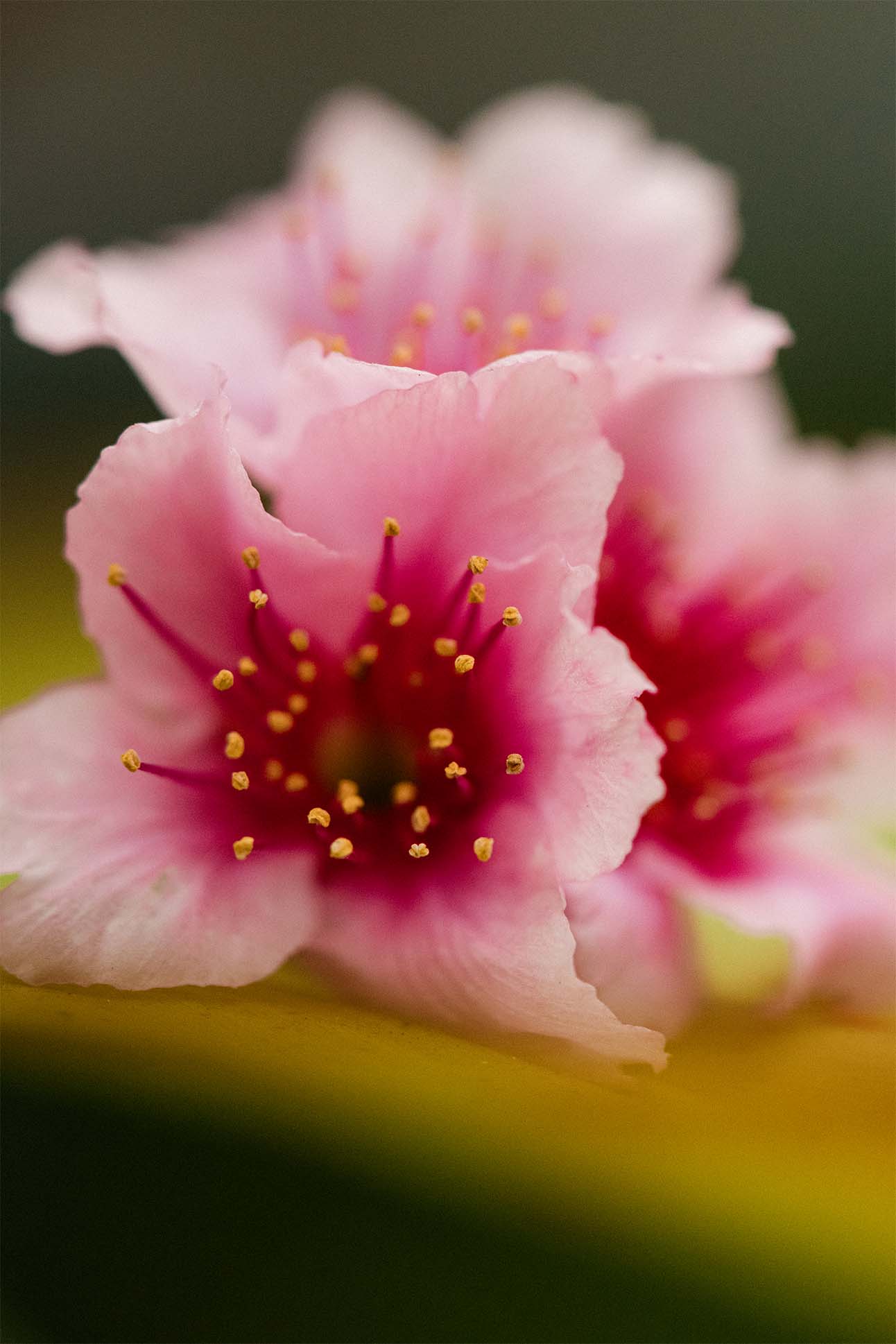
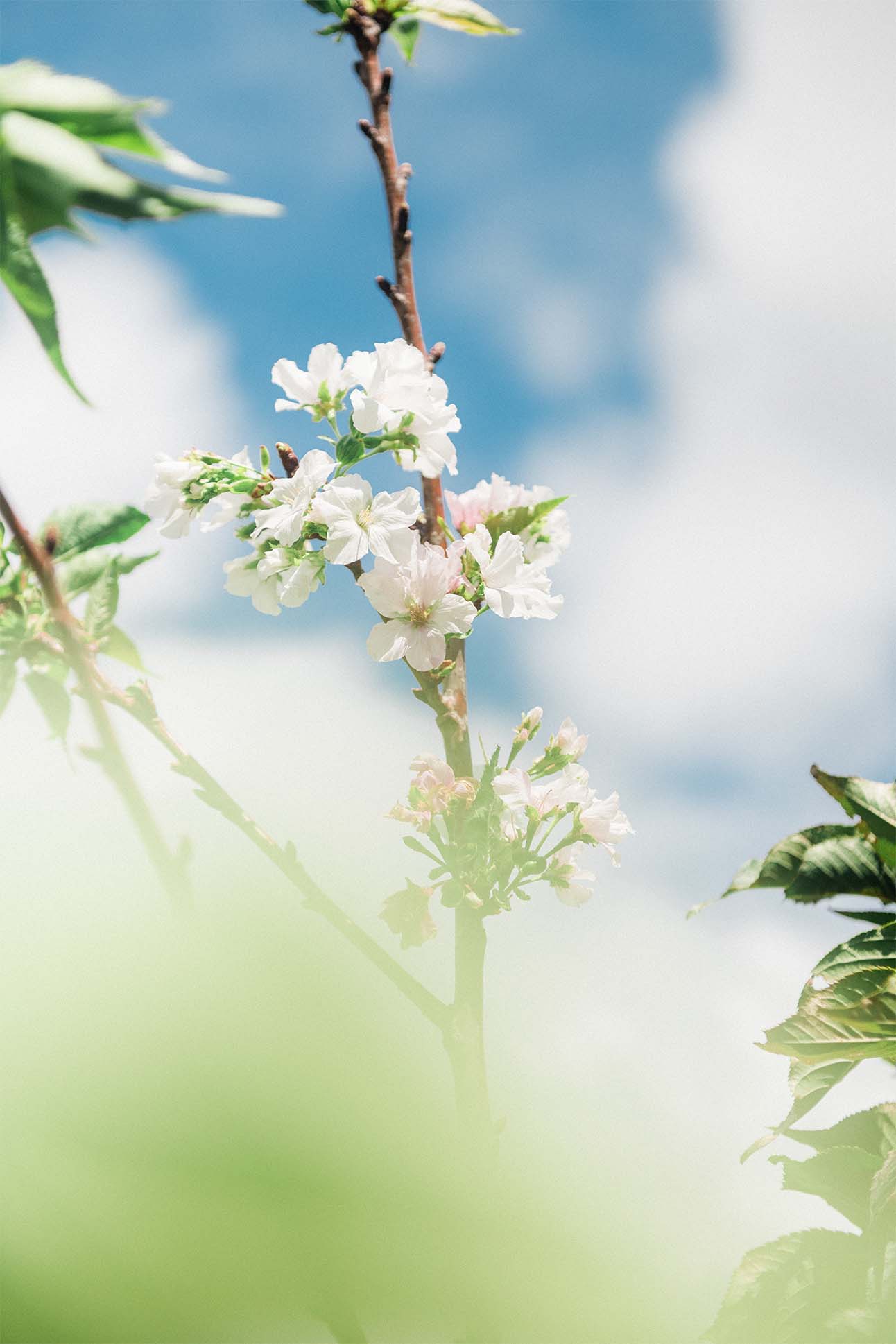
Every spring for the last two decades, the Wahiawā Nikkei Civic Association has hosted trolley tours of the more than 500 cherry trees that bloom throughout the neighborhood.
In March 2025, members of the Hawai‘i Sakura Foundation, the Honolulu Japanese Junior Chamber of Commerce, and Japan Airlines gathered for a cherry tree planting at the University of Hawai‘i at Mānoa’s Magoon Research Facility in Mānoa Valley.
